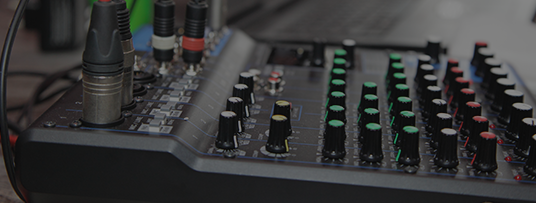Aircraft rely on sophisticated power generation systems to maintain essential operations, supporting everything from cockpit instruments and avionics to lighting and onboard systems. Without a reliable energy source, even the most advanced aircraft would be unable to function safely or efficiently, making power generation systems absolutely essential. In this blog, we will delve into the role of aircraft generators, how they contribute to reliable performance, and why high-quality components are critical to aviation success, so read on to learn more.
Generators operate by converting mechanical motion into electrical energy, using principles of electromagnetism to produce a steady current. These systems typically derive their power from an aircraft’s engines, an example being power that is provided by the rotation of a turbine assembly. This ensures that energy production remains directly linked to engine operation for reliability.
Direct Current (DC) generators convert mechanical rotation into DC power, which is primarily relied on to charge an aircraft's battery and operate select low-power electrical systems. While they were once common in older aircraft, most modern planes have transitioned to AC-based systems due to their enhanced efficiency and reliability.
Alternating Current (AC) generators, also known as alternators, provide a more stable and efficient power supply than DC variants by producing electricity in a continuous waveform. They function by generating a rotating magnetic field that induces an alternating voltage within the stator windings, ensuring consistent and dependable power generation.
IDGs are an advanced form of AC generators that feature a constant-speed drive mechanism, maintaining a steady output frequency regardless of engine speed variations. These variants are crucial for modern commercial and military aircraft that require precise, uninterrupted power delivery.
While aircraft electrical systems are built with redundancy in mind, generator failures can create significant challenges if backup systems are not properly maintained. Modern aircraft incorporate the following secondary power sources to mitigate these risks:
Routine maintenance and rigorous quality control are essential to ensuring that generators perform reliably throughout an aircraft’s lifespan. Here are some key maintenance and inspection practices:
For aviation professionals in need of generator components, Broadline Electricals provides a myriad of parts that adhere to rigorous performance standards. As a trusted procurement platform, we offer customers access to a vast selection of dependable items that are ready for purchase. Additionally, we utilize our market expertise and strong supplier relationships to provide competitive pricing whenever possible, so browse our website at your earliest convenience to see how we can assist you.

 The only independent
The only independent



“We Proudly Support Intrepid Fallen Heroes Fund that serves United States Military Personal experiencing the Invisible Wounds of War : Traumatic Brain Injury (TBI) and Post Traumatic Stress (PTS). Please visit website (www.fallenheroesfund.org) and help in their valiant effort”.
If You’re Ever Looking for Connector and Electrical parts, Don’t forget That We offer Competitive Pricing and Guaranteed On-Time Delivery.
Request for Quote